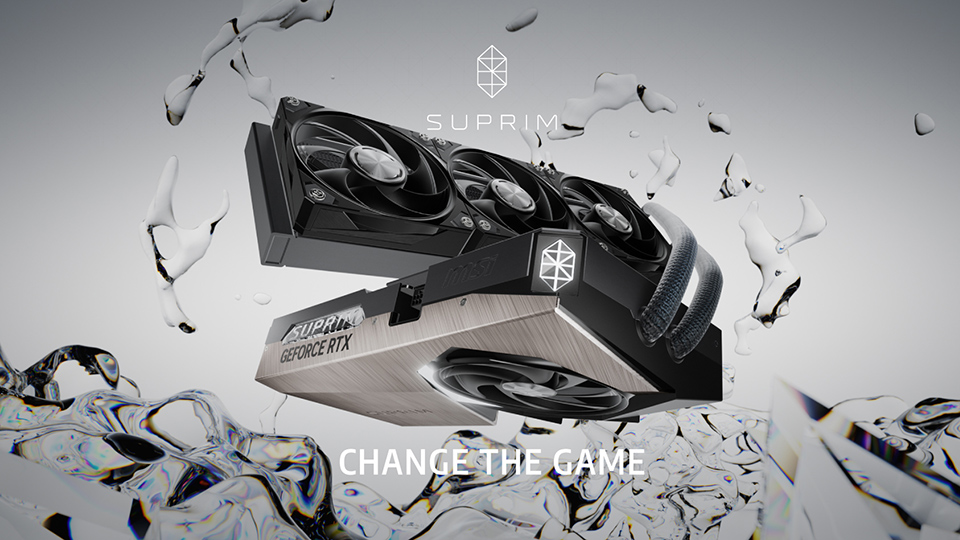RTX 5090 GPUs aren't being recalled for being a fire hazard after all — Nvidia and MSI refute accusations

Yesterday, a Dutch retailer falsely reported a recall of MSI's RTX 5090 GPUs, particularly the MSI RTX 5090 Suprim. MSI and Nvidia have categorically refuted these accusations, reassuring customers their products pose no such risks. The cause of this fumble was a reported communication error. While the retailer eventually retracted their statement, MSI may pursue legal action. You can read MSI's press release below:
"We had the unpleasant surprise of learning on 03/06/2025, through an article on Kitguru website Link, that a Dutch retailer—UW GAME SPECIALIST—allegedly informed a customer that they were unable to fulfill their order because 5 GeForce RTX 5090 32G Suprim SOC from our brand had supposedly been recalled due to a fire hazard.
With this statement, we would like to make it clear that these allegations are absolutely false, that no recall program is in progress, and that our products present no such risk.
Furthermore, we would like to specify that this retailer is not one of MSI's partners, and we do not work with them.
We reserve the right to initiate legal proceedings against those responsible for these highly defamatory allegations, which harm our brand's reputation, as well as against anyone contributing to their dissemination."
We contacted Nvidia for a comment on the situation, and a representative said, "No recall and this was a very odd interaction, these articles [from KitGuru] are now updated with info from the retailer."
The story stems from a slight misunderstanding between the retailer, "Your Game Specialist," and one of their customers, Ben, who spent nearly $3,700 on an RTX 5090 GPU from MSI, per KitGuru. Long story short, a store representative told Ben the order couldn't be fulfilled, claiming that Nvidia has recalled certain RTX 5090 graphics cards due to a "potential fire hazard".
Get Tom's Hardware's best news and in-depth reviews, straight to your inbox.
That's a weighty accusation because a recall admits to product defects, a situation no company desires. Even Intel didn't recall its troublesome Raptor Lake CPUs since that'd put a serious dent in its bottom line. The impact of this false report might extend to defamation claims, which could open the door for potential lawsuits from MSI or Nvidia. MSI has distanced itself from the store, directing customers to one of its authorized resellers.
With the bad rep Nvidia's Blackwell GPUs have been getting, it's easy to get carried away with rumors. Nonetheless, user reports have shown uneven current distribution in RTX 5090 GPUs, leading to cable temperatures near 150 degrees Celsius. This will surely melt a connector or two if used for prolonged sessions. Then we have the apparent assumptions that the design limitations with Blackwell GPUs render them unable to balance load across each power connector pin.
The RTX 50-series launch might be one of the most burdensome in Nvidia's history. Even after two months, you must sell an arm and a leg to get an RTX 5090. Assuming you manage to secure one, there's still the risk of missing ROPs, which is the cause of a production defect that is shown to cut performance by up to 11%. Blackwell also drops support for 32-bit CUDA, impacting legacy OpenCL code and games that use older PhysX implementations.
AMD's Radeon RX 9070 series GPUs are in full swing, though stock has been limited at launch. There aren't as many MSRP models as we expected, but inventory should catch up with demand sooner or later.

Hassam Nasir is a die-hard hardware enthusiast with years of experience as a tech editor and writer, focusing on detailed CPU comparisons and general hardware news. When he’s not working, you’ll find him bending tubes for his ever-evolving custom water-loop gaming rig or benchmarking the latest CPUs and GPUs just for fun.